Living Structures and Fibres: Magdalena Abakanowicz
Pioneering Polish artist Magdalena Abakanowicz was a true force of nature, whose daring, provocative sculptures pushed textiles and fibre art in bold and unexpected new directions. Throughout the 1960s and 1970s she worked exclusively with weaving, producing vast and all-encompassing sculptures, called Abakans (a nod towards her surname) that were 5 or 6 metres high, hung suspended from the ceiling like hulking, cavernous spaces, with intricately woven surfaces and loose hanging tendrils that made them resemble living, breathing organisms. While her practice later diversified, the deeply tactile, humane quality of fabric and weaving was a cornerstone to her practice, and it is currently the subject of a retrospective at Tate modern, titled ‘Every Tangle of Thread and Rope,’ which celebrates the vast breadth of her legacy.
Magdalena Abakanowicz was born in Warsaw, Poland in 1930. Although she was raised in an aristocratic family, growing up against the backdrop of the Second World War was undeniably traumatic, particularly when her mother was badly injured and lost an arm during an attack on their family home. The notion of fragmentation and dislocation stayed with her, and came to play a central theme in her adult artistic practice.
She studied art at the Warsaw Academy of Fine Arts from 1950 to 1955. Some of her earliest woven artworks were made for the the Biennale Internationale de la Tapisserie at Lausanne, and the VIII Sao Paolo Biennale in Brazil during the 1960s. This early art, for which she began to garner critical success, was wall-based, woven from wool, cotton, sisal and horsehair into sensuously tactile, abstract tapestries in deep, earthy colours that made reference to our spiritual connection with nature. She noted how abstract, intangible themes were ever present in her work, observing how, “Art will remain the most astonishing activity of mankind, born out of struggle between wisdom and madness, between dream and reality, in our mind.”
The later 1960s were a pivotal period in Abakanowicz’s career, when she moved from two into three-dimensional weaving practices. It was during this time that she first began making her self-named ‘Abakans’, huge, looming structures made from sisal and horsehair, designed to hang in space with a commanding physical presence. While they appear entirely abstract, Abakanowicz continued to make nods towards the natural and organic, with shades of red, yellow, orange, black and brown tightly woven into curving shapes resembling human organs like lungs and hearts, or living plant matter like crumbling tree stumps or huge clumps of soil filled with overgrown weeds. She argued that her fibrous practice of weaving was intrinsically linked to the way natural, living entities grow, observing, “It is from fibre that all living organisms are built, the tissues of plants, leaves and ourselves. Our nerves, our genetic code, the canals of our veins, our muscles. We are fibrous structures.”
These huge sculptures acted as a form of protection and comfort for Abananowicz as she engrossed herself in the painstaking process of making. Looking back in her later years, she said “The Abakans were a kind of bridge between me and the outside world. I could surround myself with them; I could create an atmosphere in which I somehow felt safe because they were my world.”
Some of Abakanowicz’s woven sculptures of the 1960s and 1970s were small in scale, and made more direct reference to dislocated body parts, such as the evocative Hand, made in 1975 from woven sisal rope, a material which she likened to living matter. She said, “The rope to me is like a petrified organism, like a muscle devoid of activity.” During the 1970s Abacanowicz also worked on series titled called Embryology, in which she bundled fabrics and fibres into strange masses resembling eggs or organs, and piled them together into large groups.
In her later years Abakanowicz’s imagery became increasingly figurative, and she moved beyond weaving into a wider pool of sculptural materials. Yet the same fibrous, woven texture was always there, a reminder of her deep fascination with the ways human bodies and all other natural beings are constructed from the same kind of tiny, fine threads and tendrils as her art.





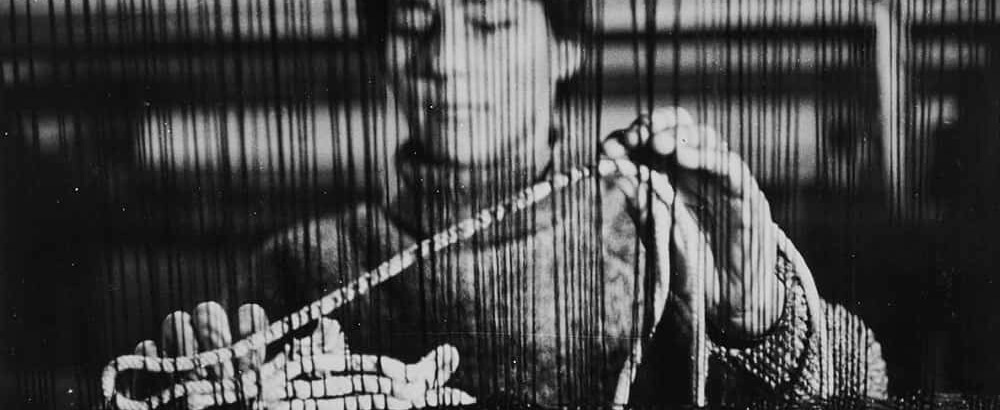
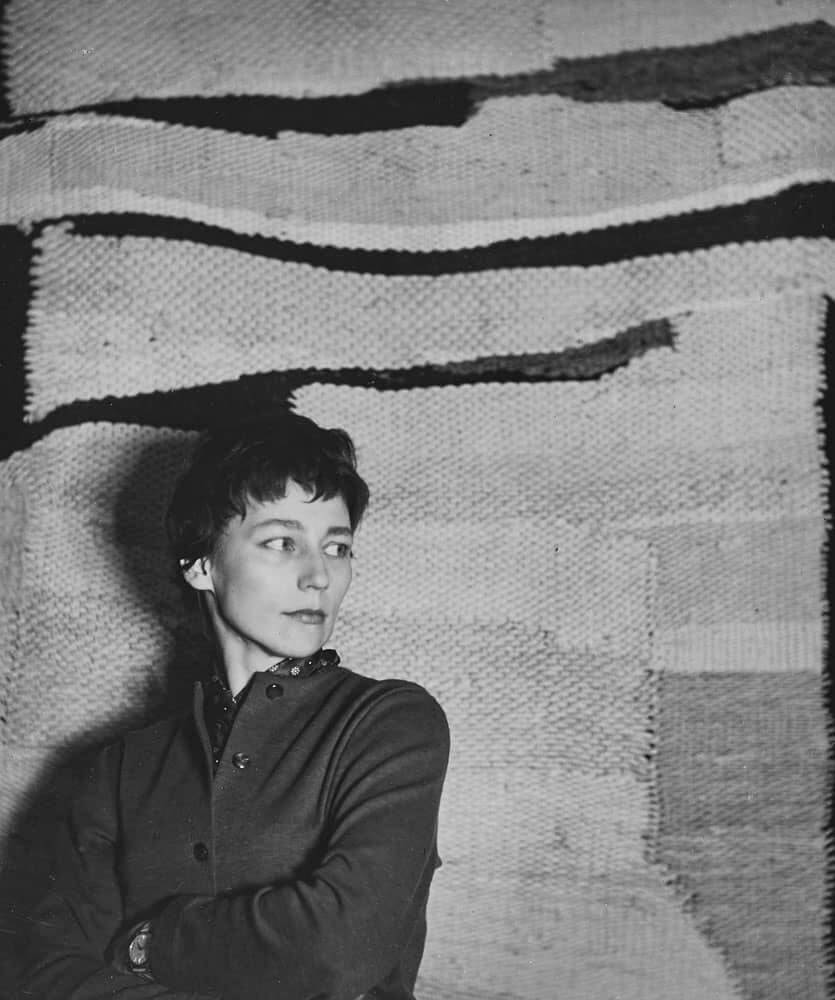
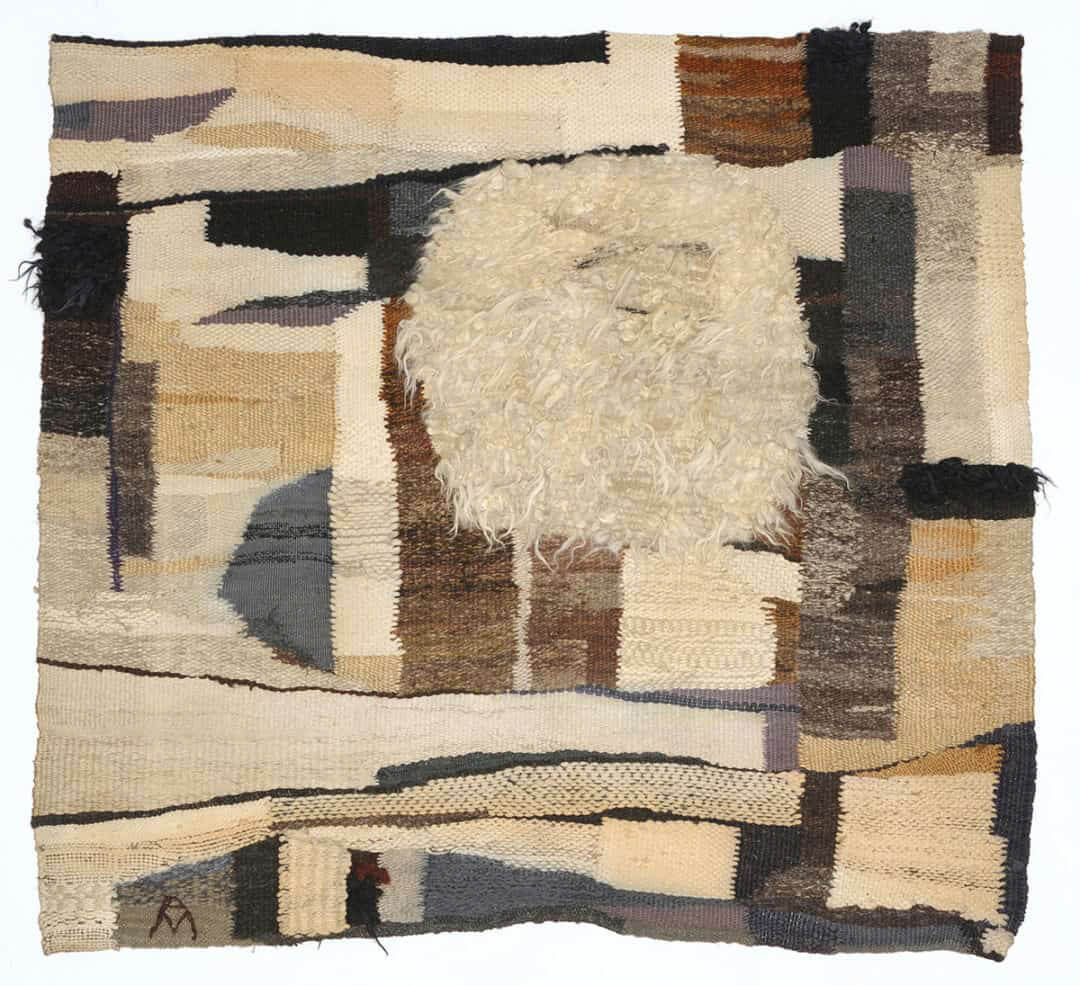
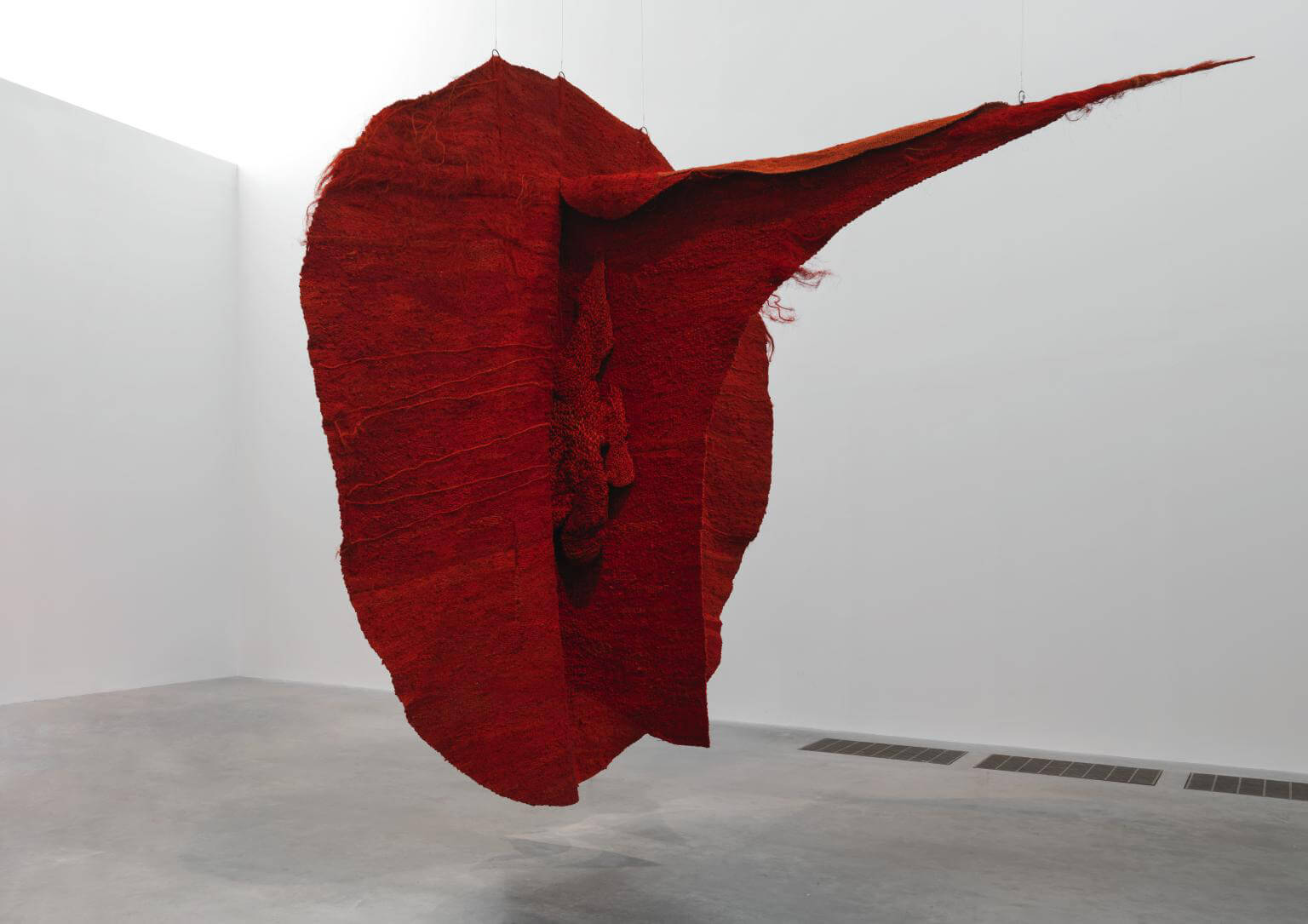
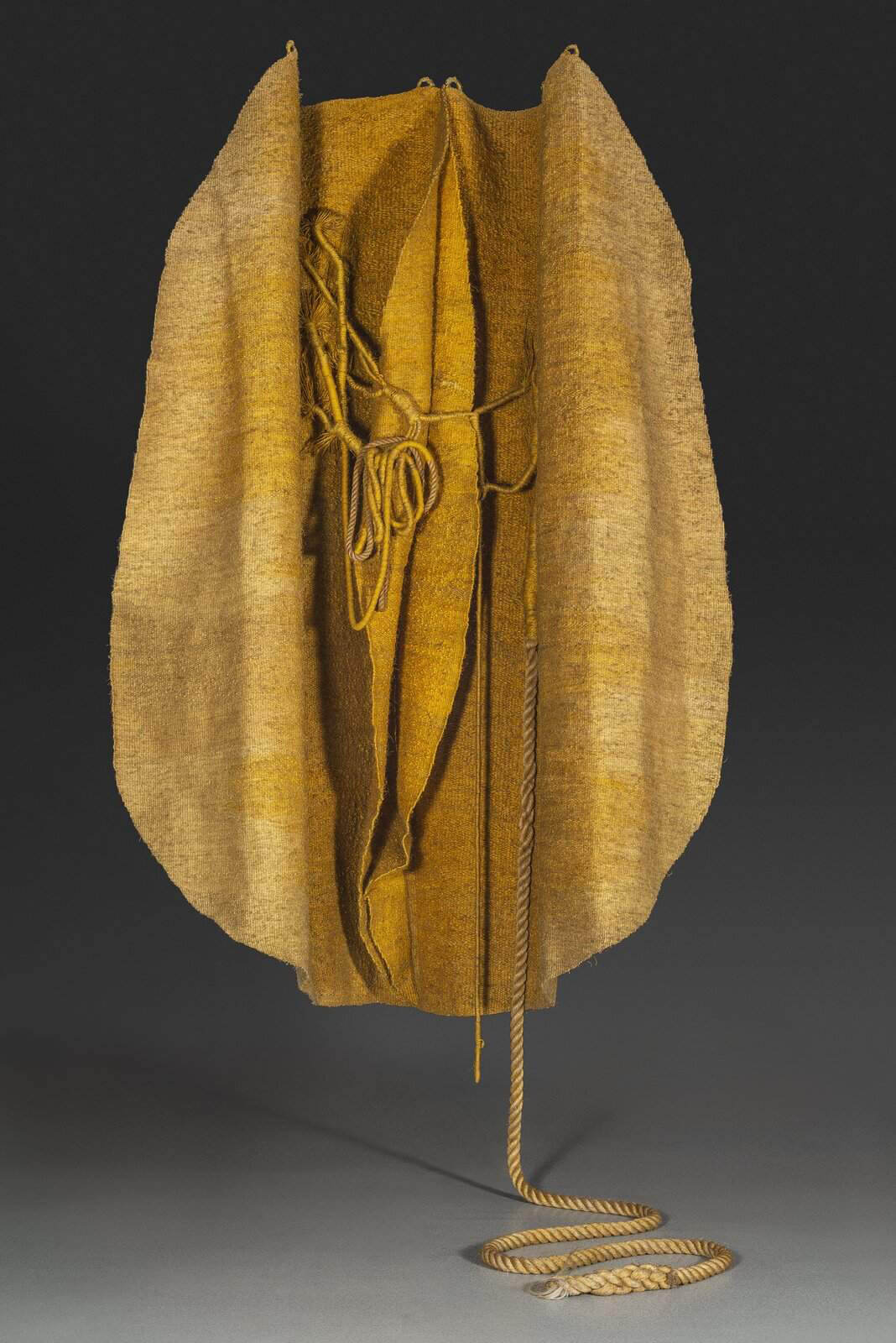
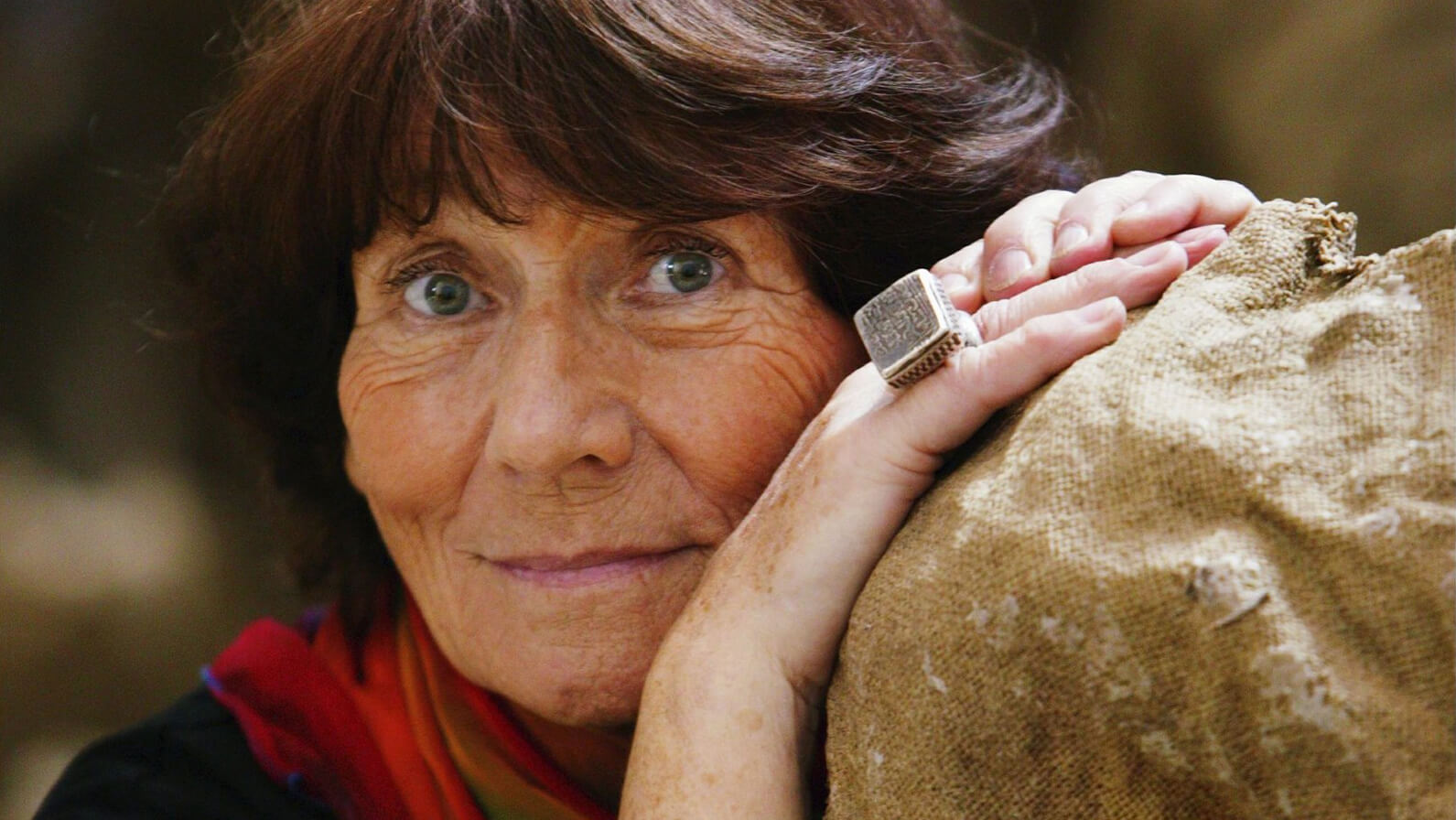
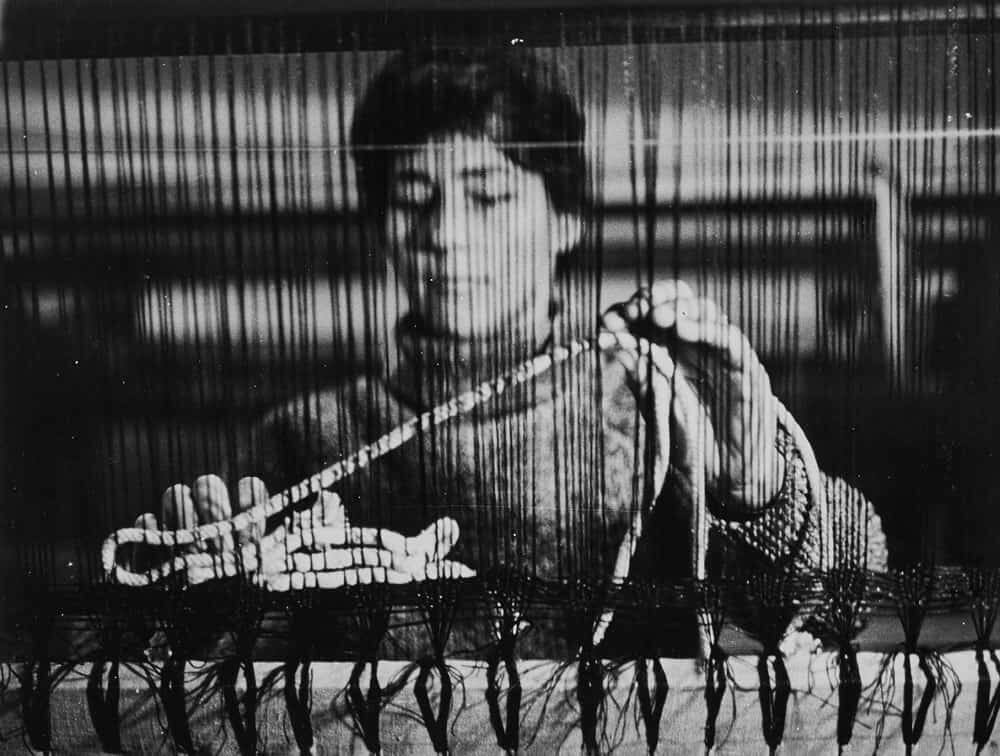











































Leave a comment